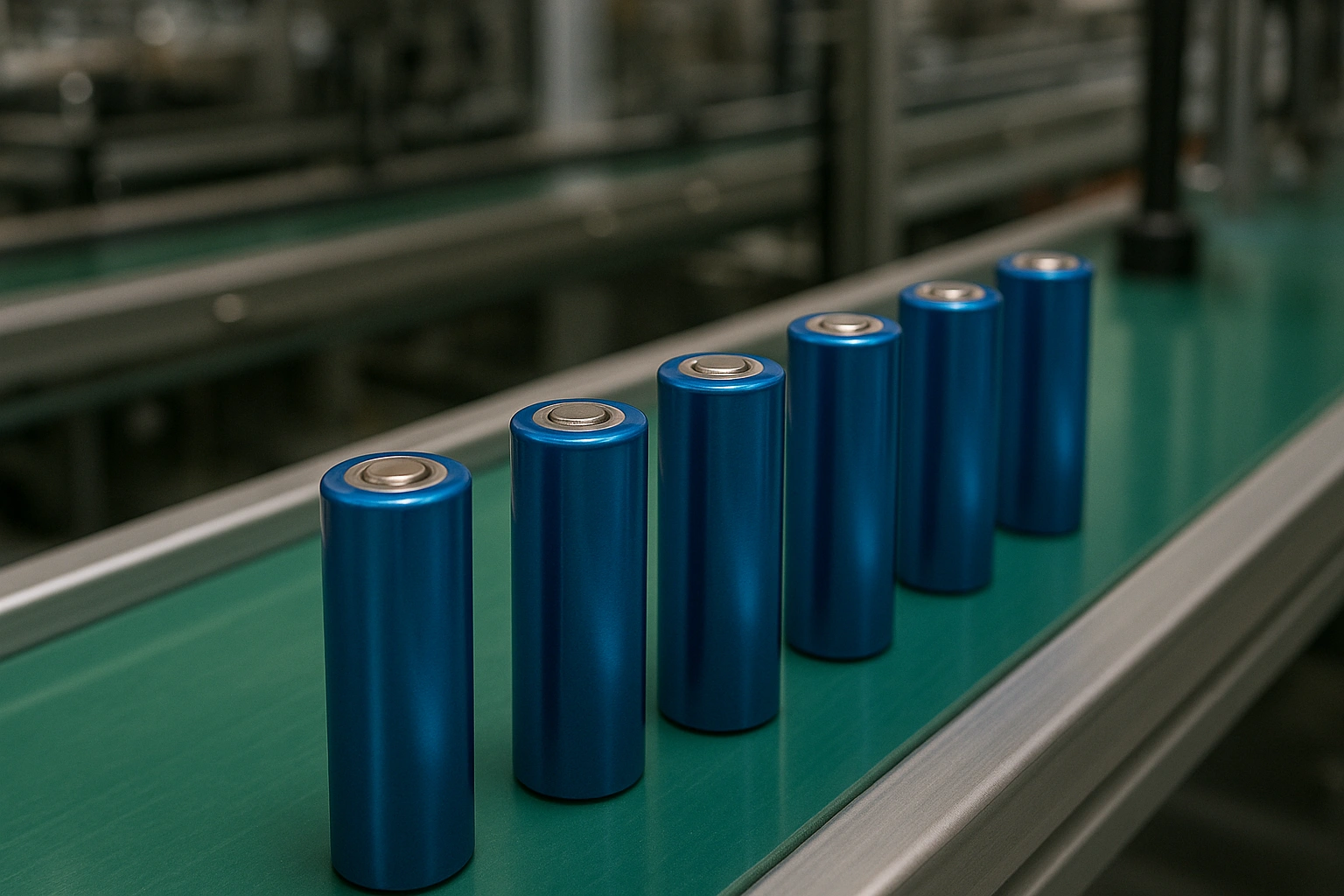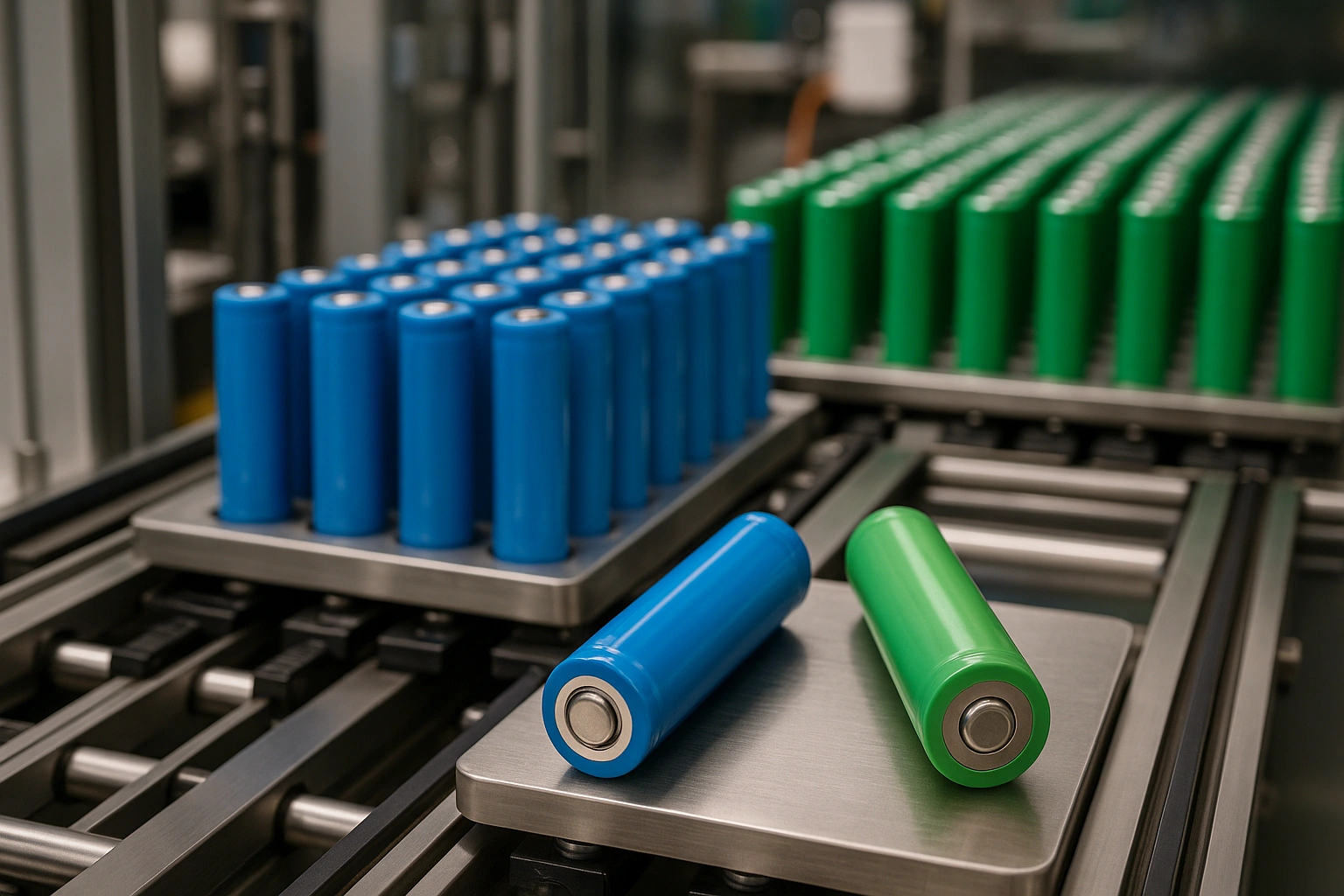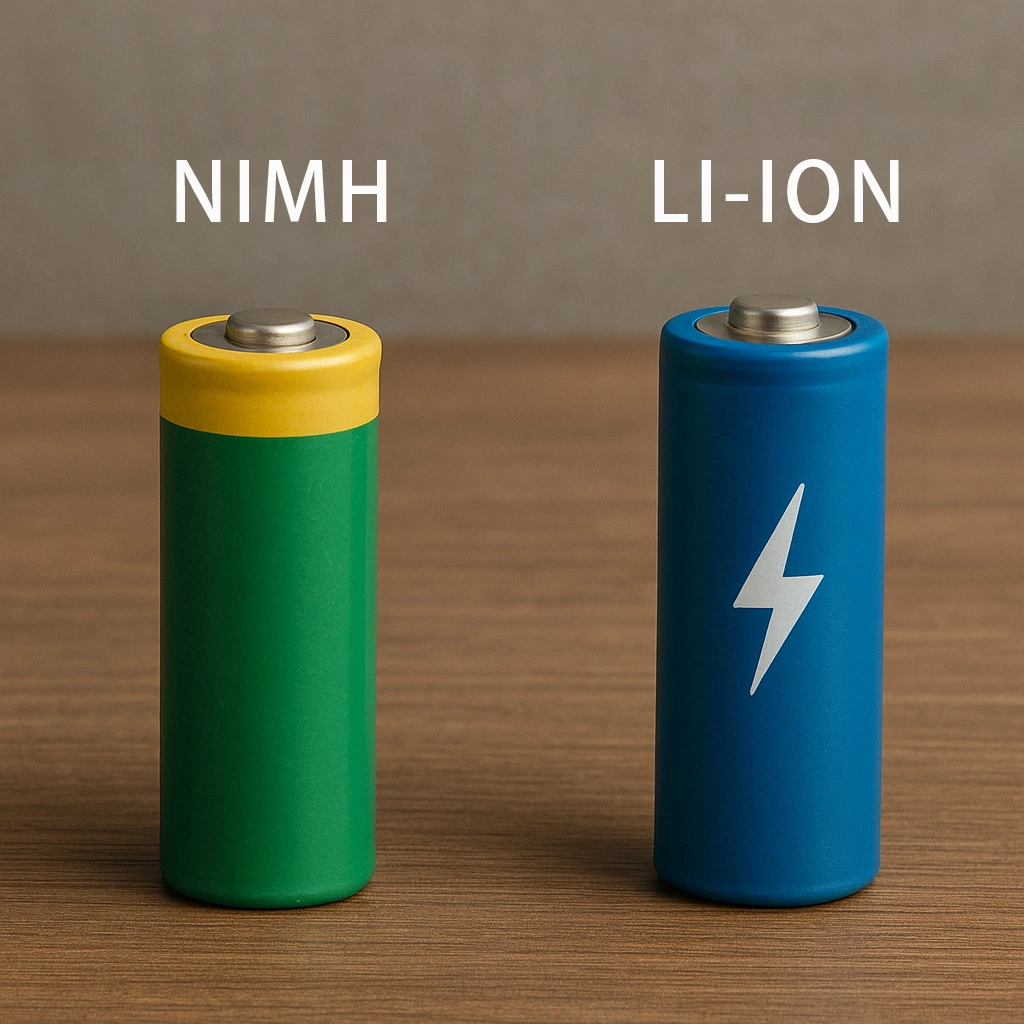How Long Does a 3.7V Lithium Battery Last?
Intro: Why 3.7V Lithium Batteries Are So Common
3.7V lithium-ion batteries are one of the most widely used rechargeable batteries in consumer electronics, wearables, portable medical devices, and DIY power solutions. Their compact size, stable performance, and relatively high energy density make them ideal for low- to mid-power applications. But how long do they actually last—and how do they differ from other voltage-rated cells?
What Is a Li-ion Battery 3.7V?
A 3.7V lithium-ion battery refers to a single lithium-ion cell with a nominal voltage of 3.7 volts. These cells come in cylindrical (like 18650), prismatic, or polymer pouch formats.
-
Nominal voltage: 3.7V
-
Full charge voltage: typically 4.2V
-
Cutoff (empty) voltage: typically around 3.0V
-
Chemistry: Often LiCoO₂, NMC, or Li-polymer
Are 3.7V Batteries the Same as AA?
No. While AA batteries and 3.7V lithium cells may look similar in size (especially 14500 lithium cells), they are not interchangeable:
| Parameter | AA Battery (Alkaline/NiMH) | 3.7V Lithium Battery |
|---|---|---|
| Voltage | 1.2V (NiMH) / 1.5V (Alkaline) | 3.7V nominal, 4.2V full |
| Rechargeable? | Some are | Yes (standard) |
| Usage | Low-power devices | High-density applications |
Inserting a 3.7V cell into a 1.5V-rated device can damage the circuit.
What Is the Full Charge of a 3.7V Lithium Battery?
A fully charged 3.7V lithium-ion cell will typically reach 4.2V before the BMS or charger stops the charging process.
-
Do not charge above 4.2V, as overcharging can cause damage or safety risks
-
Proper chargers are designed to terminate charging at this level
Can a 6V Solar Panel Charge a 3.7V Battery?
Yes, with proper charge control. A 6V solar panel can charge a 3.7V lithium battery only if a suitable charge controller or protection circuit is used to:
-
Regulate voltage down to safe levels
-
Prevent overcharging
-
Manage current input
⚠️ Direct connection without a controller is not safe and may damage the battery.
What Is the Lowest Voltage for 3.7V Lithium Battery?
The recommended minimum voltage before recharging is typically:
-
3.0V for standard protection
-
Some chemistries can tolerate 2.5–2.8V, but deep discharge shortens lifespan
-
BMS circuits often cut off at 2.8–3.0V for safety
Discharging below these limits may cause permanent capacity loss or render the battery unusable.
What Is the Difference Between 3.6V and 3.7V Batteries?
There is no practical difference for most applications:
| Label | Chemistry | Full Voltage | Notes |
|---|---|---|---|
| 3.6V | Li-ion (often NMC) | 4.2V | Nominal voltage rating |
| 3.7V | Li-ion (often LCO) | 4.2V | Nominal voltage rating |
Both types reach the same maximum voltage and are often cross-labeled by manufacturers.
Are All Lithium Batteries 3.7V?
No. While 3.7V is a common nominal voltage, other lithium chemistries exist:
-
LiFePO₄: 3.2V nominal, 3.65V full
-
LTO (Lithium Titanate): 2.4V nominal
-
Custom battery packs: Can be 7.4V, 11.1V, 14.8V, etc. (multiple cells in series)
Always check the exact voltage requirements of your device or system.
What Can You Use a 3.7V Battery For?
3.7V lithium batteries are ideal for:
-
Consumer electronics: Flashlights, headlamps, toys
-
Wearables: Smartwatches, fitness bands
-
Medical devices: Portable monitors, thermometers
-
Bluetooth devices: Headsets, trackers
-
DIY projects: Power banks, sensors, Arduino/Raspberry Pi
They are widely used in space-limited or mobile applications due to their light weight and high capacity per volume.
Conclusion: Understanding the Value of 3.7V Lithium Batteries
3.7V lithium-ion batteries are versatile, compact, and reliable power sources for modern electronics. Understanding their voltage range, charging limits, compatibility, and real-world use helps ensure safe and optimal performance.
Always use proper chargers and battery protection circuits, especially in custom applications or solar-powered systems.





